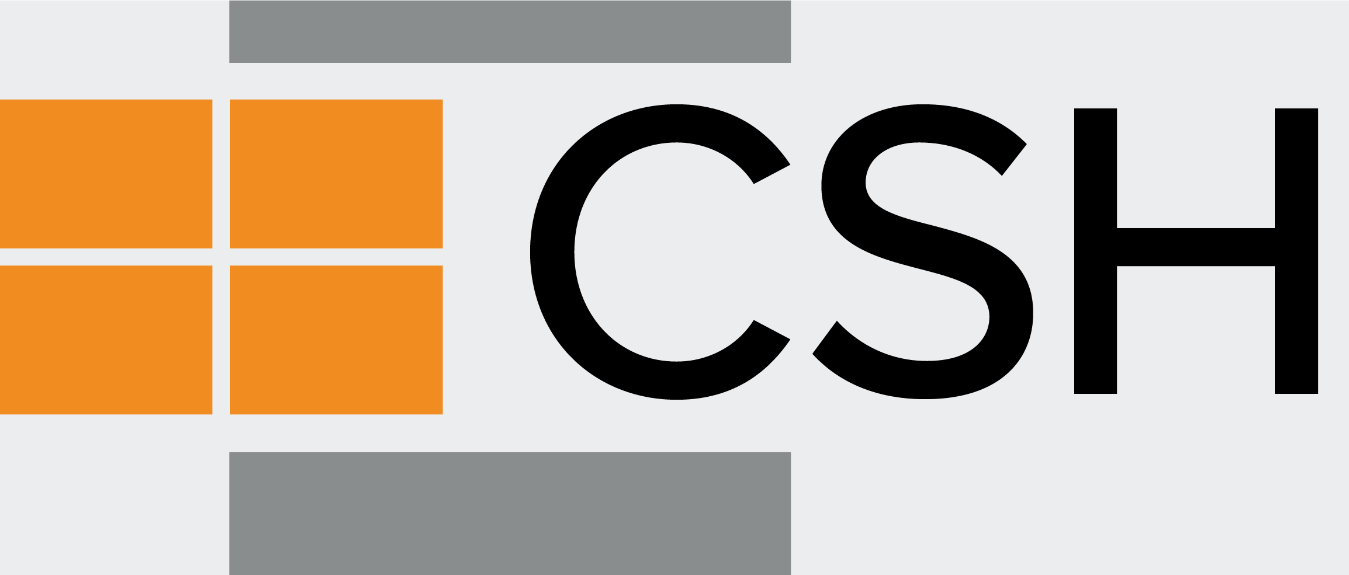Some communities may already have new supportive housing buildings with family units that are in development and perhaps even in construction (or in housing lingo, in the “pipeline”). These buildings could be developed by non-profit or for-profit housing developers who have obtained capital funding from a variety of federal, state, and local sources specifically designed to serve homeless or special needs tenancies. These buildings also may have special features that make them ideally suited for vulnerable families including on-site services staff, 24-hour front desk security, and space for children and youth activities (e.g. libraries, computer labs, playgrounds, etc.). In some instances, these buildings may have begun development without a specific tenant population identified and without adequate funding for supportive services. If these “pipeline” units are scheduled to be opened and available roughly at the same time as when services funding is available, many of the family-sized units available in these buildings may be ideal for use as part of a child welfare supportive housing initiative.
To identify whether these “pipeline” units exist, the first step that communities can take is to approach their local or state housing finance agencies. Most of these local and state housing finance and development agencies track supportive housing units that are at different phases of development and construction. These agencies should be able to provide information on which buildings will have units available in the required timeframe (although such timing estimates are contingent on the construction timetable which can be affected by complications, weather, etc.).
Another approach is to contact the local Continuum of Care, the collaborative planning committee that manages the use of federal funding for homeless programs. The individuals or agencies that chair the Continuum of Care committees may be able determine if new or existing supportive housing units funded through homeless-specific rental assistance programs like Shelter Plus Care units are available. Communities are also encouraged to contact CSH since we may know of specific family supportive housing projects in the pipeline.
Once communities have identified potential “pipeline” supportive housing developments and units, they can then approach the developers (project sponsors) about whether they would be willing to partner and contribute all or some of their family units towards the child welfare supportive housing initiative. Many would jump at the opportunity to obtain additional services funding, and some may be sympathetic to the idea of using their developments to preserve vulnerable families. If possible, the parties approaching these developers should include the public and non-profit agencies that will be designated services providers, since the housing developers (and their property managers) will ultimately be entering into a formal partnership with these providers.
Communities that can identify such pipeline supportive housing units can secure them with developers and, if needed, with housing finance agencies through Memoranda of Understanding.
Next: Secure Rental Subsidy Commitments or Unit Set-Asides from Public Housing Authorities


